The rabbit hole has been a pit of sweat shop lately. I’ve never sewn so much. Not that I’ve gotten any quicker. There was just about time to tidy up before I had to move on to the next one. You see, I’m sewing for a dream holiday in the Maldives. So there was no time to rest.
 First off the assembly line…An Endless / Limitless Dress / Skirt / Asian Pants.
First off the assembly line…An Endless / Limitless Dress / Skirt / Asian Pants.
Because it’s suppose to be easy. And because as a convertible I’d have options even if I don’t manage to finish anything else.


The Design & Inspiration
 So this is the one I saw in Threads then stumble upon the instruction online by chance. The very clever Marybeth Bradbury had came up with the instruction for her Endless Convertible Dress after being inspired by the Limitless Convertible Dress by Danish designer Emami.
So this is the one I saw in Threads then stumble upon the instruction online by chance. The very clever Marybeth Bradbury had came up with the instruction for her Endless Convertible Dress after being inspired by the Limitless Convertible Dress by Danish designer Emami.
 Actually, I had came across Emami’s Limitless Dress before. Friends who were into fashion had discovered it years ago. I thought it was really clever. But as it was expensive, I didn’t buy one.
Actually, I had came across Emami’s Limitless Dress before. Friends who were into fashion had discovered it years ago. I thought it was really clever. But as it was expensive, I didn’t buy one.
This time, I did feel pangs of guilt and wonder if I should buy one. You know, to support independent designers who come up with clever design ideas. For the art of this garment is in the wearing instructions, which Emami provides video demonstration for on their website. As Marybeth’s instruction shows, there’s very little sewing involved. Plus the price seems to have come down.
In the end I made one instead of buy one. Because the colors Emami offer were a bit too drab for my current taste. Sorry…
The Making
OK, so this is suppose to be dead easy. Depending on fabric you should be able to get away with 3 seams and probably finish in an hour or two. But as I’m fairly new to 4-way stretch fabric and to using a overlocker, it took me a bit longer. Also, being a visual person, it took me a little longer to follow Marybeth’s verbal instruction and quick sketch.
So here are my learnings. Maybe it will be helpful if you decide to make your own Endless dress.
Fabric & Notions Used
Mustard color Viscose Cotton Lycra 4-way Stretch Fabric from Tia Knight / Tissu Fabrics. I ordered 3 meters, but probably got like 3 m 16 cm because I had enough left over for a separate bandeau top and a sleeveless cowl neck top. It was the lightest 4-way stretch fabric I had and it has a lovely soft touch and fabulous drape – perfect for a dress like this.
Skin color lightweight Power Mesh from Tia Knight / Tissu Fabrics for the underlining.
Gutermann polyester thread, and some woolly nylon I got in America long time ago. 3/8” clear elastic.
Size Used
It’s kind of a one-size design utilizing full width of the fabric. Depending on your fabric and your waist measurement, it’ll come out differently length-wise.
Changes Made

- My fabric curled at the selvedges, so I cut off about 1-1/4” at both selvedges. I forgot to adjust the 30” measure to the center of the waist hole. So this leaves me with a slightly shorter skirt at the sides. Thankfully, the dress style make the mistake less noticeable.
- I used one of the selvedges to make a matching spaghetti cord instead of buying separate cord.
- My waist hole is slightly bigger because my fabric doesn’t seem as stretchy. You need to make sure the circumference of the hole for the waist will stretch to fit your hip so you can pull the dress / skirt on. But don’t make it so large that the skirt slips down while you wear it. It’s knit, so you probably want 0 ease or even negative ease at the waist (ie your waist measurement or smaller). I also reinforced the waist hole with clear elastic in the hope that this will prevent the waist from being stretched out of shape with wear and becoming too loose. We shall see if it works over time!
- I made my waistband taller / longer thinking that I can then wear the band as a strapless tube bodice. Now having worn the dress I can tell you that it’s a bad idea. The weight of the skirt will pull the band down leading to wardrobe malfunction a la Janet Jackson. (Luckily I was wearing the draped part of the skirt as a haltered front at the time.) Separate bandeau top is the way to go.
- I also added a layer of lightweight power mesh as underlining to make the waist band less flimsy as a tube top. This turns out to be a bad idea again. I didn’t tack the underlining to the fashion fabric at the fold. So when I wore it, the underlining wouldn’t stay up and instead bunched up near the waist.
When I get home, I’ll probably reduce the waist band to Marybeth’s original suggestion of approx. 6” finished height and tack the underlining or remove it completely.
Verdict on the Instruction
Marybeth’s instruction is a bit sketchy, so I think you do have to have some sewing experience to know how to finish the garment. It’s not difficult, but if you’re someone who like each step to be spelt out in details, you’d struggle a bit. I’m happy to muck about with pattern drafting and improvise the sewing, so it’s not a problem for me.
You can see how I interpreted her pattern instruction in the diagram above.
Sewing-wise, I used mostly my sewing machine to give me better control over the stretchy fabric. I’d sew on my sewing machine first with reduced pressure foot pressure, a walking foot, and my machine’s basic stretch stitch – a kind of narrow zig zag stitch. For the waist seam I then sew on the clear elastic, again on the sewing machine. For waist band center back seam and waist seam I then reinforce & clean finish on the serger with a 3-thread overlock.
The hem / casing for the cord is simply folded over twice and edge-stitched with the sewing machine basic stretch stitch.
For the rest of the skirt, I did consider doing a rolled hem. But the experiments on scraps weren’t promising. The fabric was stretching into lettuce edge hem which I didn’t want. It also made the hem stiffer which doesn’t work well with this drapy dress style. So in the end I left the hem as raw edges – as implied by Marybeth’s instruction. The fabric doesn’t fray, so the unfinished edges aren’t a problem.
Would I sew it again
Probably not.
While I do love the idea of convertible garments, the ones I tried so far have all been a bit uncomfortable to wear. The threat of wardrobe malfunction is always on my mind as nothing is firmly anchored.
It can also be difficult to make the garment look good from all angles. I love how this dress look in the front. But with the styles I’ve tried so far the back always seem to look the same and not reflect the lovely style promised by the front.
Here are the styles I tried on holiday. It was really too hot to experiment more.








And here’s one taken before I went on holiday. It’s my Buddhist Monk look! 🙂


I need to experiment more with the wearing options. In any case, making and wearing this one has given me ideas on styles that would look great with this fabric (hint: lots of drapes). And it goes to show beautiful garments aren’t always about complicated design and sewing. Simple can be just as beautiful.
Like this:
Like Loading...
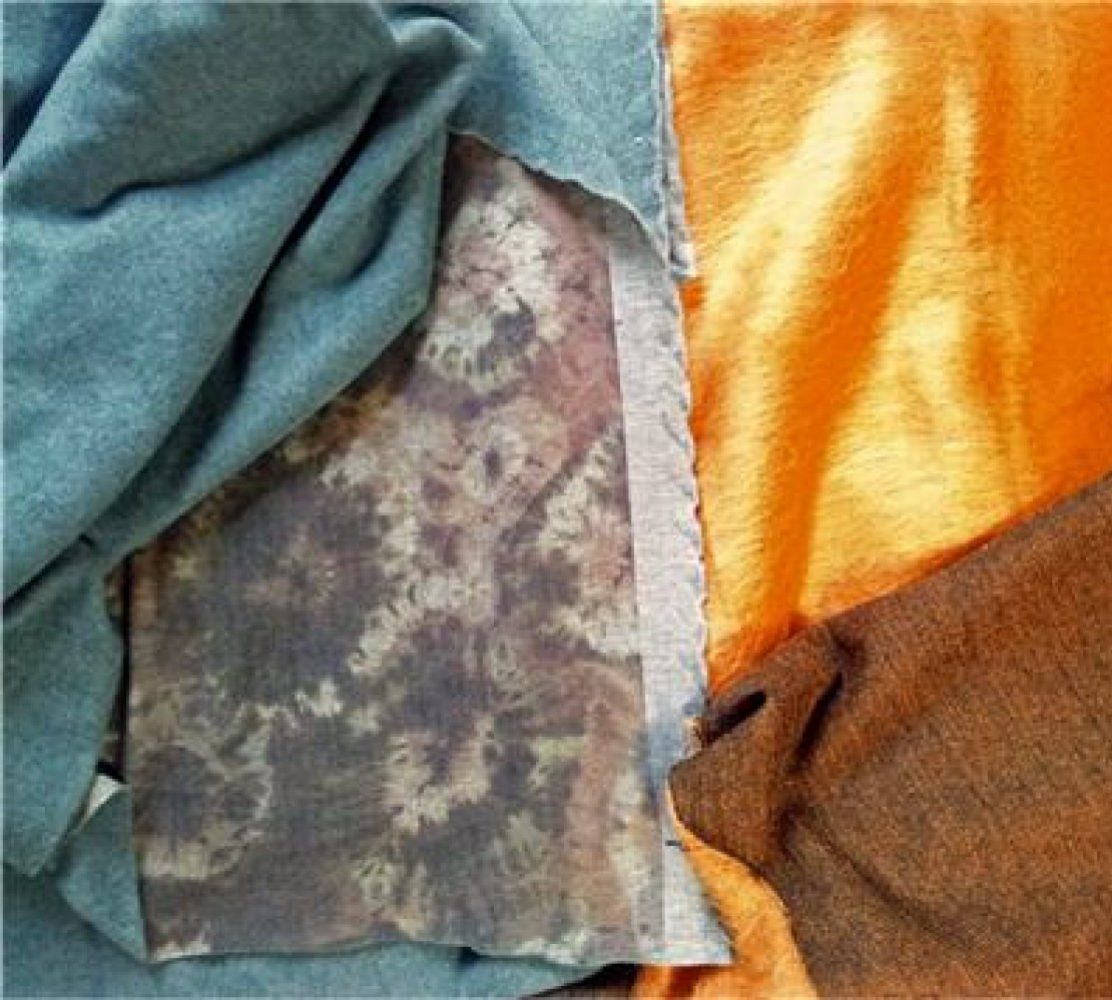






















 So this is the one I saw in Threads then stumble upon the instruction online by chance. The very clever
So this is the one I saw in Threads then stumble upon the instruction online by chance. The very clever 











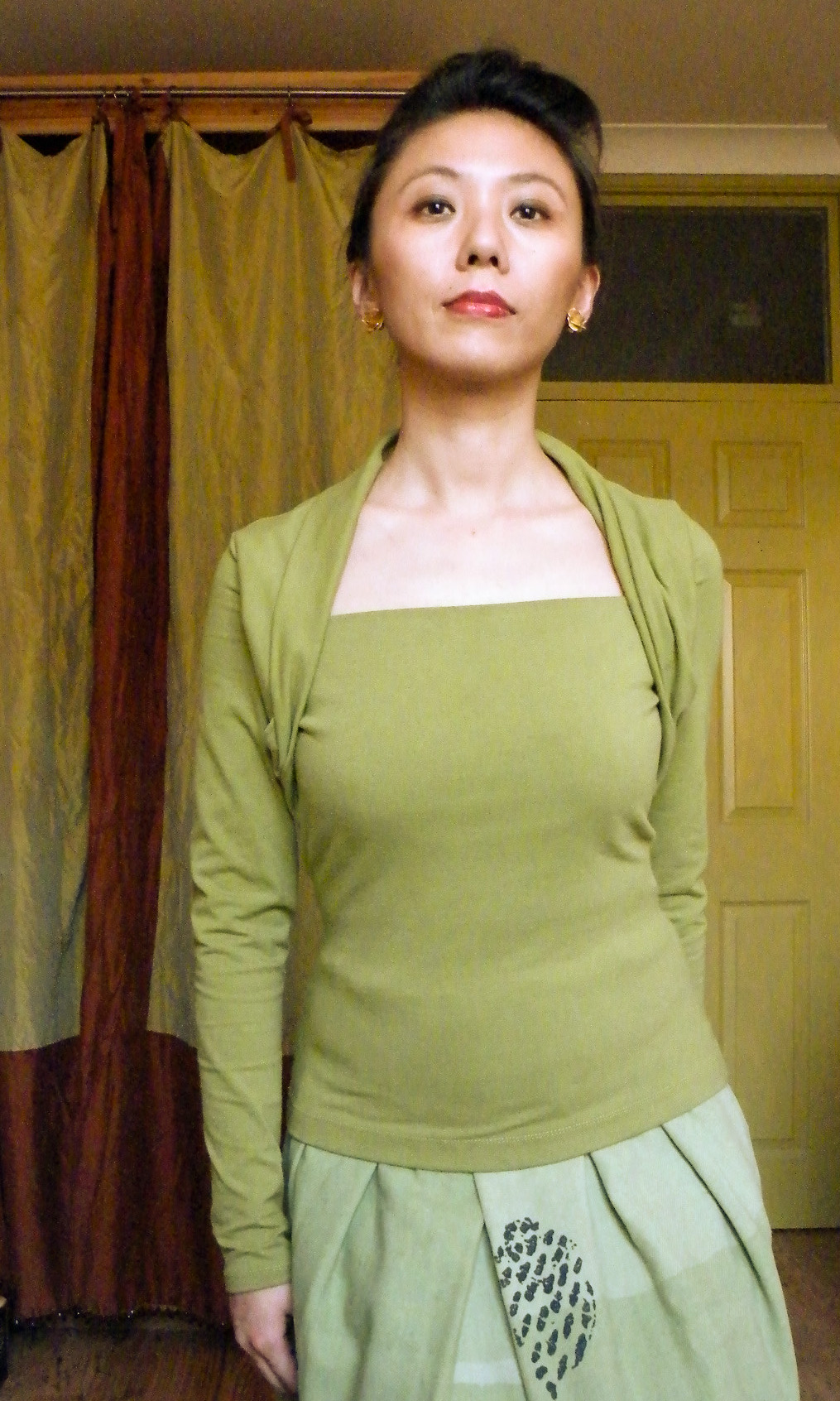

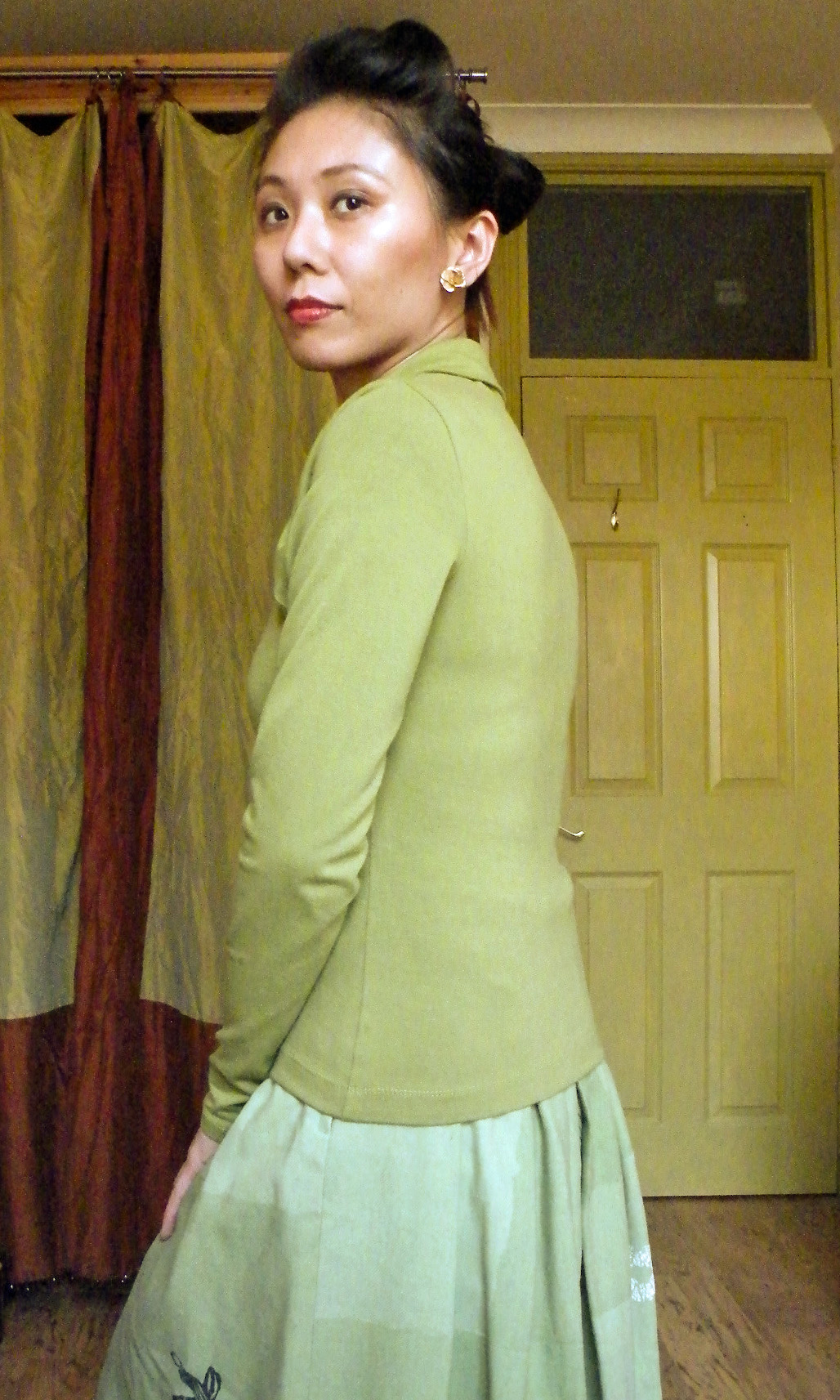


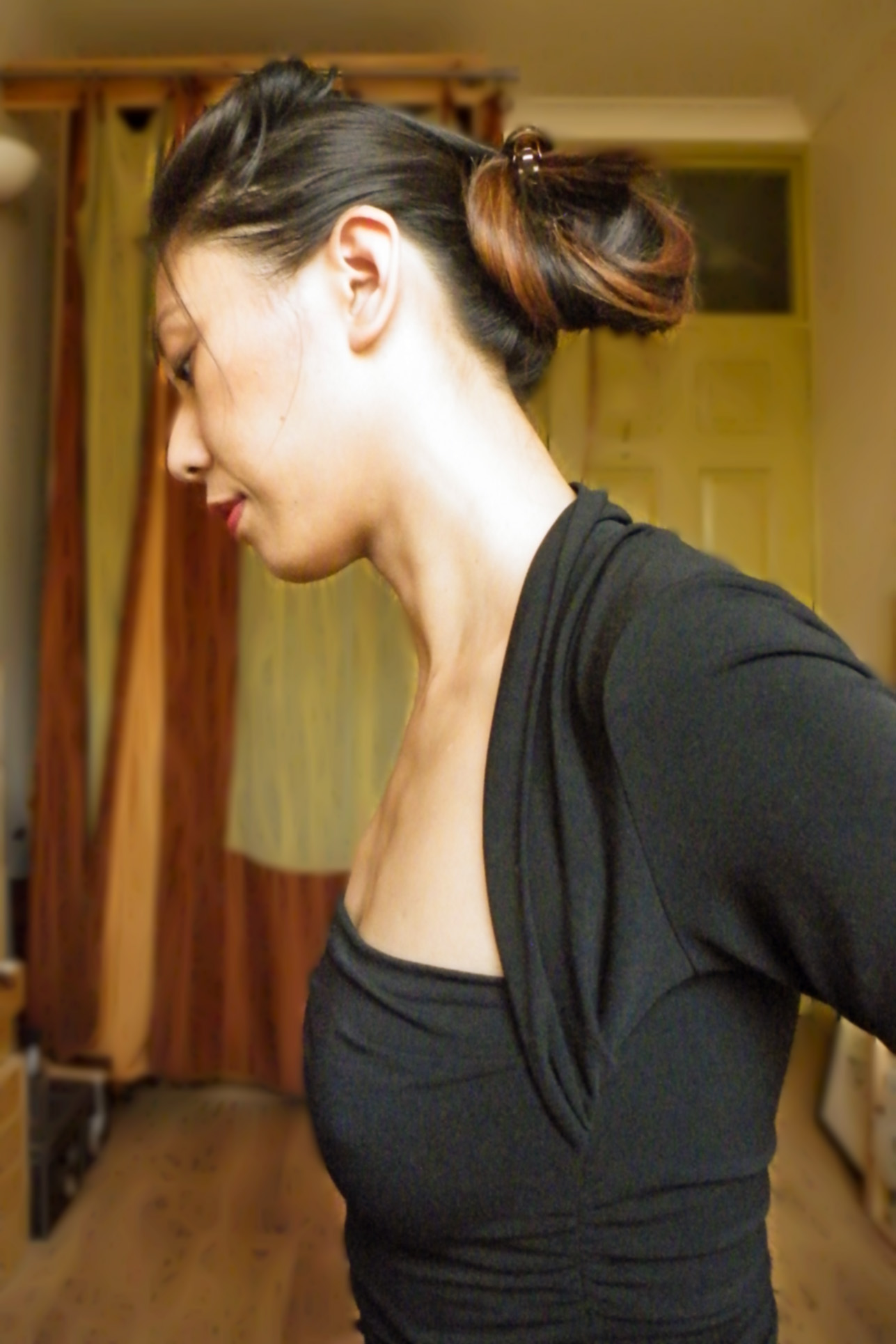

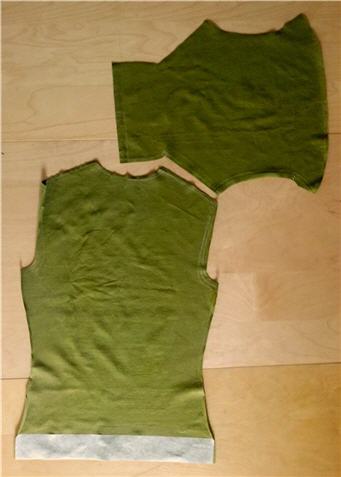
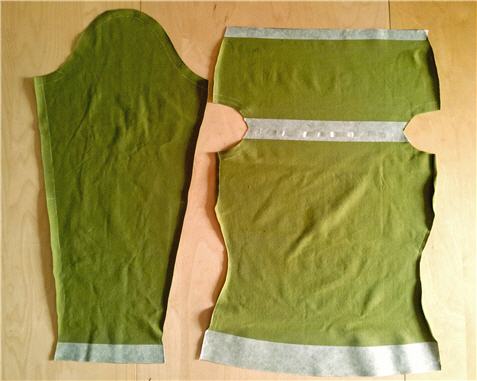
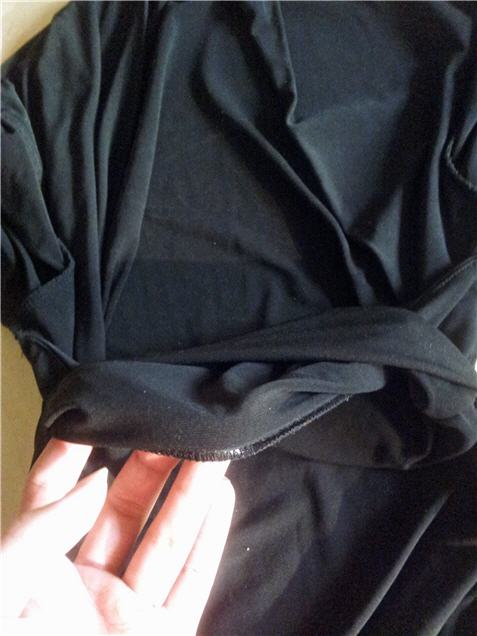
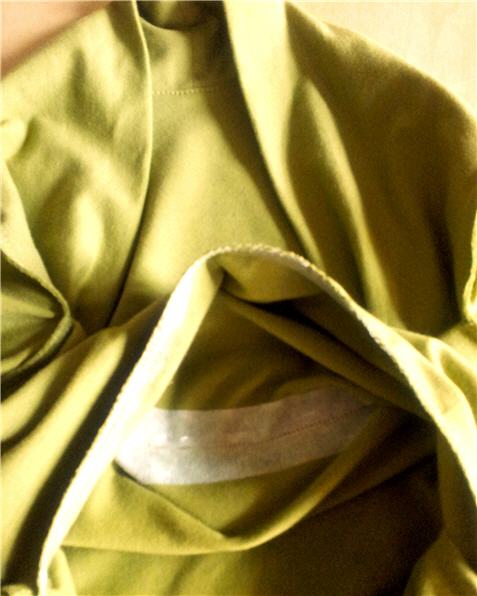


 Option 1…
Option 1…



